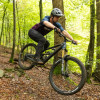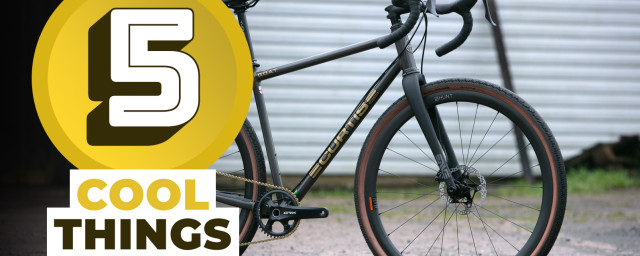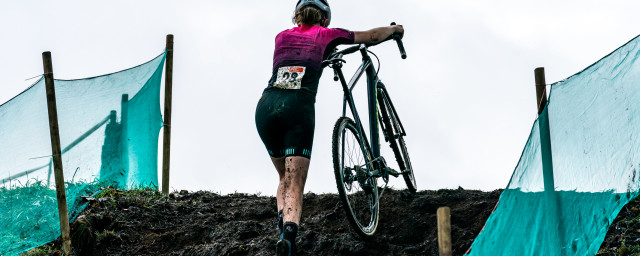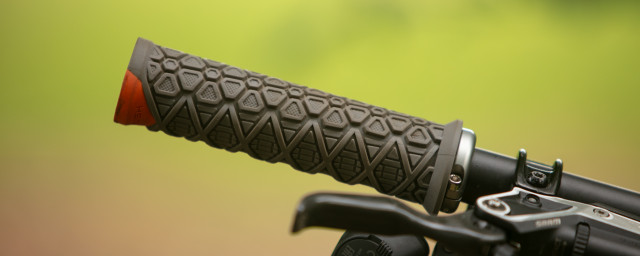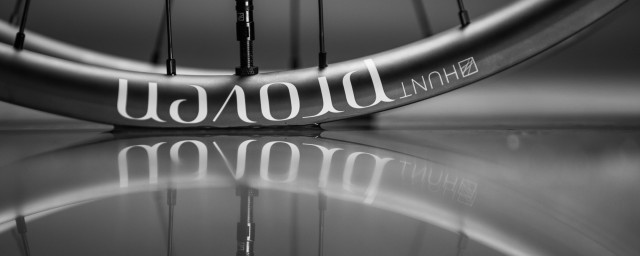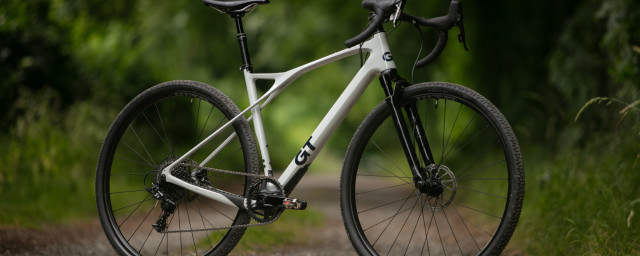Bike parks for beginners - everything you need to know

For many, a trip to the bike park is an occasion that treats us to as much uplift-assisted descending as possible within a single day. Because of that, bike parks are fantastic places to build confidence and skills. But that’s not the only reason why a day at the bike park differs from your usual trail ride – it’s not a simple case of showing up and riding and the perfectly manicured trails pose fresh challenges to the new rider. Read on to learn how to prepare and take on your first bike park day.
- How to set up your mountain bike suspension
- How to start mountain biking
- How to ride berms - everything you need to know
Book in advance
All bike parks have a set number of spots and these tend to fill up fast, so be sure to book well in advance. That said, there are sometimes single places available if you do book late.
Most bike parks offer three or four different kinds of entries that come in at different prices. The uplift ticket grants you unlimited access to jump in the back of a van with your bike to get driven up to the trailhead. There will also be a cheaper pedal-up-pass which speaks for itself. Often, bike parks offer pay-as-you-go opportunities where a visitor can buy a pedal pass to jump on the uplift as and when they feel like it. Because the uplift may be full at times, it’s best not to rely on this service for a full day of riding.
Finally, bike parks can charge a little more for e-bikes when purchasing a pedal-pass. The thought process here is that e-bikers will be able to get more runs in due to the assistance.
It’s worth noting that not all bike parks offer an uplift service and those will often charge a flat entry fee, regardless of the bike you’re on. Some places, such as B1ke’s bike parks in the UK require a membership alongside a pre-purchased ticket so double checking what’s expected before you arrive is always useful.
In such cases, it’s also a great idea to screenshot any documents you might need to show ahead of arrival as a good phone signal can be an issue at times.
Before turning up to your chosen bike park, make sure that any forms and waivers that are asked for by the bike park are filled out and signed. This will speed up the entry process.
Prepare your bike ahead of time
Although the bigger bike parks have some kind of shop and workshop on site, checking over your bike and making sure that it’s in proper working order ahead of time saves faff and the generally higher prices of spares at the bike park. This doesn’t have to be anything too extensive: just a check of your brake pads and rotors, the condition of your tyres and a bolt check. However, it’s also worth checking that all of your bearings are in good nick, too.
Where the trails encourage higher speeds, some riders like to bolster their bike protection. This is where tyre inserts come into play as you’ll be hitting rock gardens and similar features faster and harder than your average trail ride. For those who don’t already have it, some people also like to cut up an old tyre and cable tie it to the lower downtube/bottom bracket area to add protection against flung rocks. Some may also switch their brake pad compounds from organic to sintered as they’ll better deal with the greater temperatures of braking at the typically higher speeds.
For e-bikers relying on the e-MTB pedal-up pass, consider bringing a spare battery or a range extender to get the most out of your day.
Whether you’re boosting protection or simply checking your bike, make sure to do this well ahead of your booked day. You might find that you need a new set of brake pads or fresh bearings, so you’ll need time to get these ordered and fitted in good time.
Up your protective gear
Compared to trail centres or natural, off-piste trails, the style of riding that bike parks offer is vastly different. Not only do they encourage greater speeds with far less effort but the features can be bigger and a little bit more intimidating than usual. Because of that, it’s wise to better protect yourself.
You can take what you would usually ride in, with a helmet and one of the best MTB knee pads being the minimum (for most) and build on it. Choosing a full-face helmet should be the minimum for bike park riding but adding some kind of body and back protection is also worth considering. After all, because of the greater speed, there’s a greater risk of more serious injury during a crash.
Double-check the bike
If you’ve been riding your bike a lot between booking your bike park day and arriving at the centre or have made any repairs or changes to your bike there’s no harm in giving your bike another once over before heading to the uplift. Bolts can work themselves loose even during the most mellow of rides, so performing a quick M-check or bolt check could save you from damaging your bike or taking a spill.
For those who don’t know, an M-check is a bolt check that starts at the fork axle and ends at the rear axle, checking each bolt of your bike for the correct torque in an M-shaped fashion. This is best done before any ride, but, because the riding at a bike park is generally heavier going on your bike, a quick five minutes torquing up all of the bolts on your bike could save you from being forced to call it a day early.
How to get a bike on the trailer
Before swinging a leg over your bike at the trailhead, getting your bike onto the trailer is an uncommon challenge, especially for those who have never visited a bike park before. But fret not, it’s super easy and these trailers are much more secure than they look.
Most bike parks use a similar kind of trailer that uses two straps that loop over each end of your handlebar and cinch down to keep it in place. With this, it’s a simple task of bumping the bike up into the part that holds your rear wheel in place and hooking the front wheel in the upper portion. You then loop the straps over each grip on the handlebar and pull down on the excess strap to tighten it down.
Visitors of Bike Park Wales will be well acquainted with its beastly and much larger uplift vehicle. This one uses a different trailer system that isn’t commonly found elsewhere. Regardless, you hook the bike’s front wheel in the top portion, grab the inner tube, run it over your fork and through your front wheel’s spokes, around the back of the beam that the front wheel is hooked over and stretch the tube over the handlebar.
Pulling your bike off of the trailer is the reverse, just make sure that there’s no one behind you before wrenching it away.
The staff at the bike park will be more than happy to help if you find yourself stuck.
Take it easy and build up your confidence
As I’ve said several times already, bike park riding is a different kettle of fish and, even if you’re well acquainted with the venue you’re riding, take the first one or two runs easy. That’s to get a feel for the trail conditions and to shake off the cobwebs.
It can be all too easy to get wrapped up in the excitement of the occasion of riding a bike park but it’s equally as easy to crash, especially early in the day. Crashing poses a greater risk of more serious injury due to how fast bike parks encourage anyone to ride and of course, the features are bigger and generally easier to ride. And of course, riding somewhere new or on a new trail riding a little more carefully will help you learn what to expect. With the knowledge you’ve picked up through taking things slower, you can confidently hit the bigger features.




